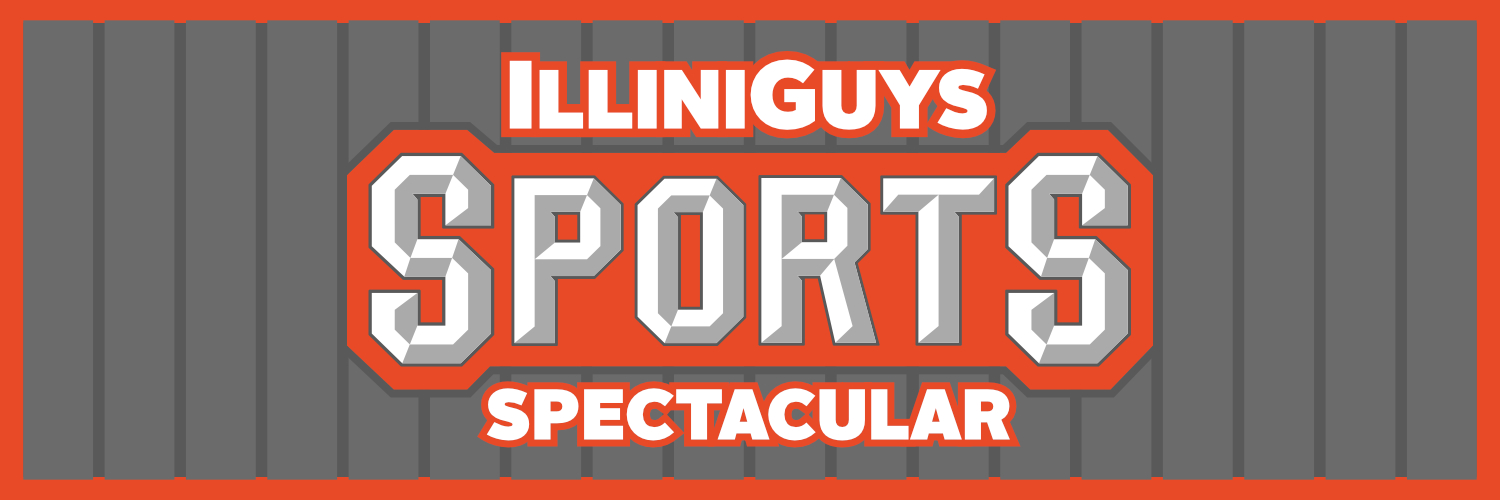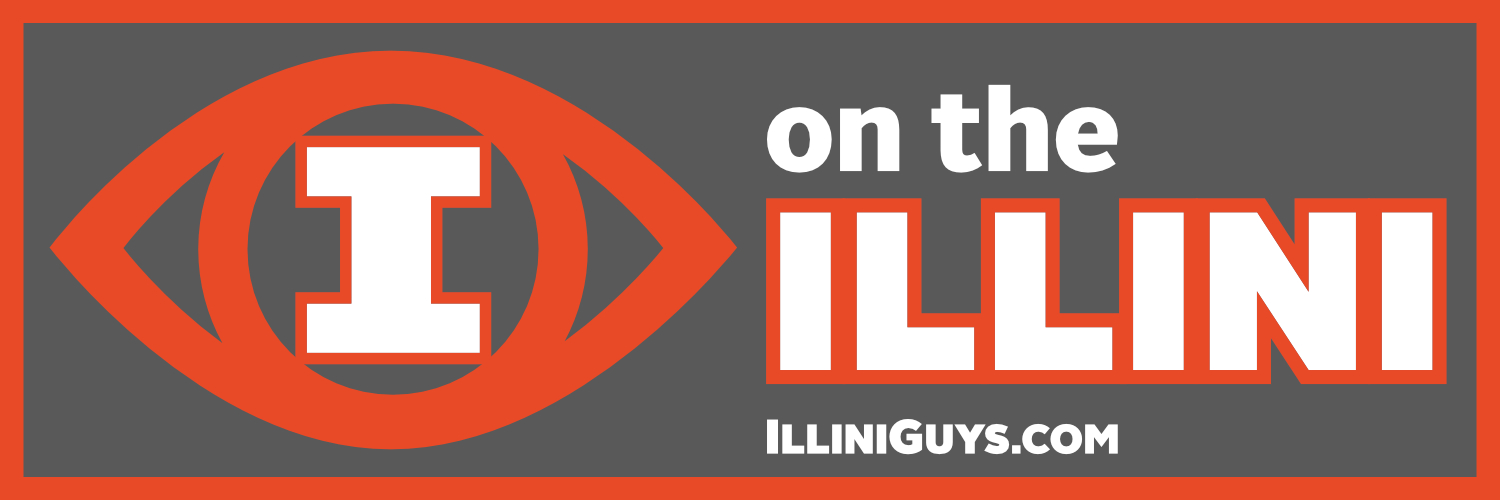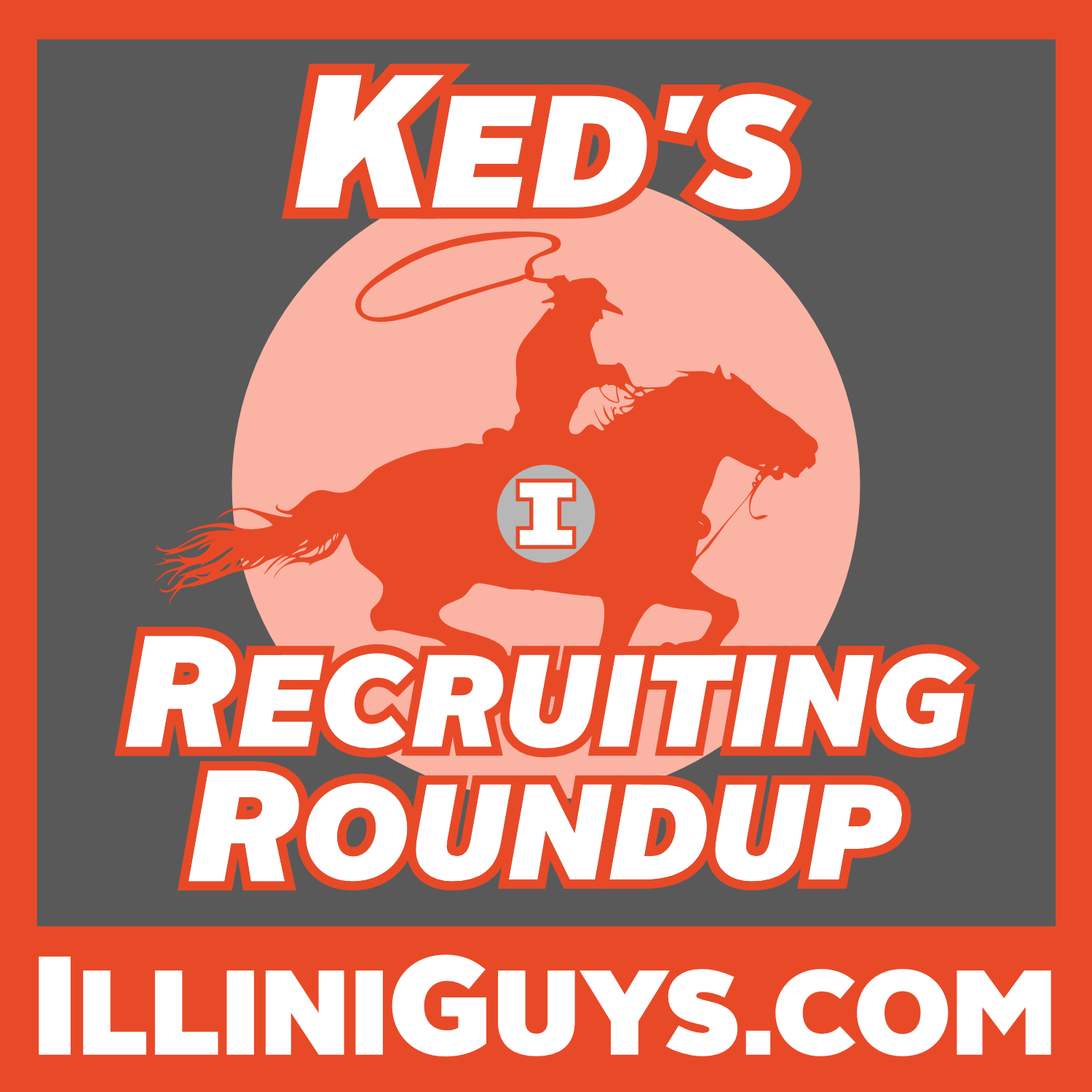Mike Cagley, Co-Host IlliniGuys Sports Spectacular & Big Sports Radio
May 5, 2024
The portal has been a massive game changer for college sports. In college basketball, the portal can be used to pick up a key player at a position of need, all the way up to helping a team totally revamp a roster almost overnight.
With this said there are a lot of areas that can trip a team up. The portal is an important tool, but it must be used with the same skill with which a surgeon wields a scalpel.
Culture is the shared set of shared attitudes, values, goals, and practices that characterize an organization. Most coaches possess a set of attitudes and values that they bring with them which become a big part of what their basketball team is known as in college basketball. Think of Indiana basketball under Bobby Knight. The program was all about tough man-to-man defense, smart offense, and making fewer mistakes than the opponents.
Coaches define a team’s culture but with fewer returning players, it is harder to maintain that culture, especially if the influx of players come from teams with different cultural norms via the transfer portal. In short, a team needs a nucleus of players returning to help socialize the team culture to the players who have transferred from other teams.
Having returning players is critical to make this happen efficiently and effectively. One of the best ways to maintain a program’s culture is to attract the best high school seniors and retain those players after each season concludes. This means the most talented freshmen need to see the court and players developing their skills need to see a path to playing time.
With 13 players on scholarship, the coaching staff must figure out how many freshmen to sign annually and how many players they need to keep at the conclusion of each season. These decisions lead to an environment where high school recruiting doesn’t dry up due to players constantly being “recruited over” by incoming transfers.
This also means there needs to be accountability for failing to recruit players that can play at the level the staff needs based upon the conference in which they compete.
The end goal is to recruit players good enough to play at least a small amount as a freshman and move into bigger roles as they progress through the program.
If a team spent $2 million dollars on NIL last year, and they decide they need $3 million to field a team this year, one might believe the school has to fundraise $1 million additional dollars to make their plan a reality. This is not true. The school must raise the full budget each year, so fundraising now needs to elevate to get $3 million dollars for the program to reach the necessary budget.
Going on the open market to “bid” for talent is the most expensive way to build a team. Look at how free agency has driven up the price of the best NBA and NFL players. The open market is a great way to attract talent, but NIL fundraising has to be equal to the task of raising a lot money from donors who may get tired of being asked for annual big money donations.
This is why maintaining a balanced roster (see Heat Check #1 above) is also critical.
If a team needs to jump in the portal to pick up one or two players to fill holes in their roster, this is much different than trying to select 5 players in the portal. And some teams looking in the portal for 12 or 13 will need a "boatload" of NIL funds to support this search. All any player needs are one or two (or more) interested schools to “bid” up the NIL dollars required to get that player to sign.
The more players who are home grown will generally mean at least a slightly lower NIL spent to keep them from year-to-year as opposed to attracting new players from the transfer portal.
Heat Checks #3 – Coaching Staff Burnout
One might assume with the transfer portal; a coaching staff could just decide to minimize high school recruiting. All they need to do is execute a plan to land talent out of the portal each year and that would be sufficient to maintain a program.
I don’t think that will work. Many transfer portal commits are from players who have been recruited in the past starting with their high school recruitments. Witness the fact that Illinois has had key contributions from Terrence Shannon Jr and Quincy Guerrier. Both players were pursued by the Illini coaching staff while in high school. Guerrier was even pursued in the transfer portal by the Illini staff.
This means the current schedule of the transfer portal means coaches are coaching year-round, re-recruiting their own teams year-round, and recruiting high school players and transfer portal players for huge chunks of the year. There truly is no time off.
For the first time ever, the coaches in the NBA have the less time consuming jobs. Until the transfer portal and transfer eligibility rules get some sort of rules framework applied to them, it’s truly the wild west and it’s that crazy atmosphere for an exceedingly large part of the year.
Coaching burnout may become an issue. Maybe going to the NBA and dealing with the salary cap may feel less burdensome than the “no holds barred” version of college basketball that is the current environment.
Athletic directors may need to watch for signs of stress and figure out ways to keep their coaching staffs from working their way to poor mental and physical health.
Coaches can't afford to look at a player from another school (particularly a smaller school) and get automatically enamored with the stat line these players produce against lesser competition. If a player at a P5 school averages 12 points, 5 rebounds and 4 assists a game, that is great, for sure. Coaches have the complicated task of determining if that stat line is better than a current player (assuming the school is a B1G, SEC, ACC, or B12 member) who is sitting on the bench of a better team.
A coaching staff is going to have to develop a realistic extrapolation of what results would a bench player at an Illinois or Tennessee produce if playing at a school like a Chatanooga or DePaul. Then, the two players can be compared. When it comes to fans, many like the "shiny new toy" from another team over the bench player on their own team. The staff has to do the hard work to evaluate their players and prospective players accurately. No one wants to lose a player to another school and have him produce big numbers. No staff wants a transfer portal player to underperform compared to an exiting player. If for no other reason than the player from the portal probably costs more NIL dollars - and NIL dollars aren't infinite.
Too often passing over current players for transfer players will result in issues maintaining team culture and cultivating a reputation that high school kids should look elsewhere for opportunities to play. If "homegrown" players aren't given the benefit of the doubt, high school recruits may decide to go to other schools. These recruits may still look for a school with a reputation of shopping the portal heavily when the time to transfer comes, but if the reputation sticks (and reality doesn't always matter in such things) then high school recruiting could be hurt.
Of course, a head coach must determine what the root cause is for players not measuring up to the expectations of the staff who recruited them. Who, or what, is to blame? Is the staff making poor evaluations in regard to talent, is the player not committed to improving, or are there other obstacles in the way? Analysis must come into play if a pattern emerges.
Another peril of the NIL funding of rosters is how do players deal with making less than their peers? Some players may understand being paid less than the team's primary star, but maybe a player believes he/she is worth more than a teammate who is making more NIL funds. Then what happens next? These are the types of conversations in the locker room that are extremely sensitive. No one wants to have these conversations - and they may become relatively common for coaches to have with their players.
The same thing can happen when a "homegrown" player finds out that a transfer with a similar resume arriving from another school is making more money. Coaches may struggle paying a "free agent" more money than someone who has been loyal to the school. Players might as well.
We all know information like this finds a way to become public. Players talk. This is another potential minefield that requires a coaching staff - from head coach and assistant coaches and other staff members in the building to have a strong relationship with all players on a team. It makes them less likely to transfer and can reduce overall NIL costs.
It's a complicated new collegiate sports world.

May 17 Weekend (S3,Ep40)
Listen
Illini Legend David Williams & His Charity Golf Outing on June 8 #361
Listen
Huge Portal Kombat Win for Bret Bielema #360
Listen
May 10 Weekend (S3,Ep39)
Listen
Illini Baseball is Heating Up #359
Listen
Illini Add Euro Big #358
Listen
Ked's Recruiting Roundup - Interview with Ben Humrichous
Listen
May 3 Weekend (S3,Ep38)
Listen
Portal Kombat - Big Ben Commits & Portals Are Wild #357
Listen
NFL Draft Recap & Portal Kombat (Men & Women) #356
Listen
April 26 Weekend (S3,37)
Listen
Orlando is Back! #355
Listen
Illini Football Spring Game #354
Listen
April 19 Weekend (S3,36)
Listen
Portal Kombat - Rough Day for the Illini #353
Listen